Get the Facts About Insuring Your Valuables
Insuring High-Value Items
High-Value Items Insurance provides coverage for expensive, high-value items you own. People who possess high-value items such as expensive jewelry, furs, antiques, or firearms, may need additional coverage. While your Homeowners Insurance Policy provides the first level of protection for lost, stolen or damaged property, it has limitations to the amount and type of items covered. High-Value Item insurance provides added protection to your existing homeowner’s policy.
Most people don’t think that they will be a victim of a crime, but crime statistics tell us a different story. Take a look at some property theft statistics.
6 most commonly stolen items according to FBI property crime statistics
- Cash
- Jewelry
- Furs
- Vehicles
- Electronics
- Firearms
Items such as expensive jewelry, furs, and firearms are covered by High-Value Personal Item Insurance. National crime statistics data indicates that the average loss per home burglary is over $2,000.00. Consider the value of the items in your home.
Personal property crime rates have decreased nationally over the years yet New Hampshire has seen recent double-digit increases. Prevention is the best place to start when it comes to protecting your property.
Tips for Keeping Your Home Safe from Burglary
- Install a home alarm system
- Keep the outside of your home well lit
- Let neighbors know when you will be away
- Don’t announce travel plans on social media
- Stop the delivery of mail and newspapers
- Install deadbolt locks
- Set lights on timers so it looks like someone is home
- Make sure all windows and doors are locked
People often feel more safe and secure in their own communities, but property crimes happen in all kinds of neighborhoods. No one wants to think about losing their valuable possessions but providing proper coverage offers a way to replace what is lost, damaged or stolen.
5 Tips for Insuring Your Valuables
- Review your Homeowners Policy and get insurance coverage for high-value items if needed
- Keep and maintain an inventory list
- Keep original receipts when possible
- Get valuables appraised and keep records in a safe place
- Update records regularly
Colby Insurance Group Homeowners Insurance experts help provide you with peace of mind and security for your family and your home.
If you have questions about coverage for your cherished items please give one of the Colby Agents a call. We’re happy to answer your questions.

